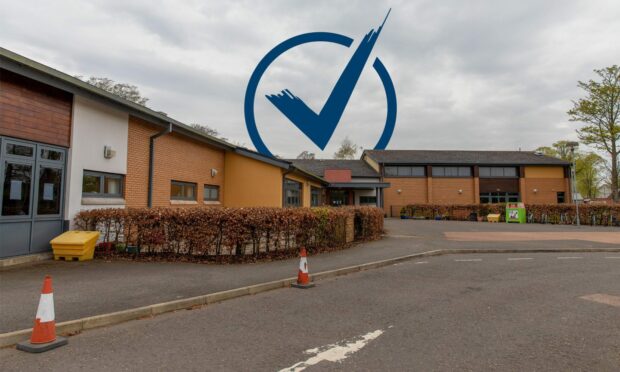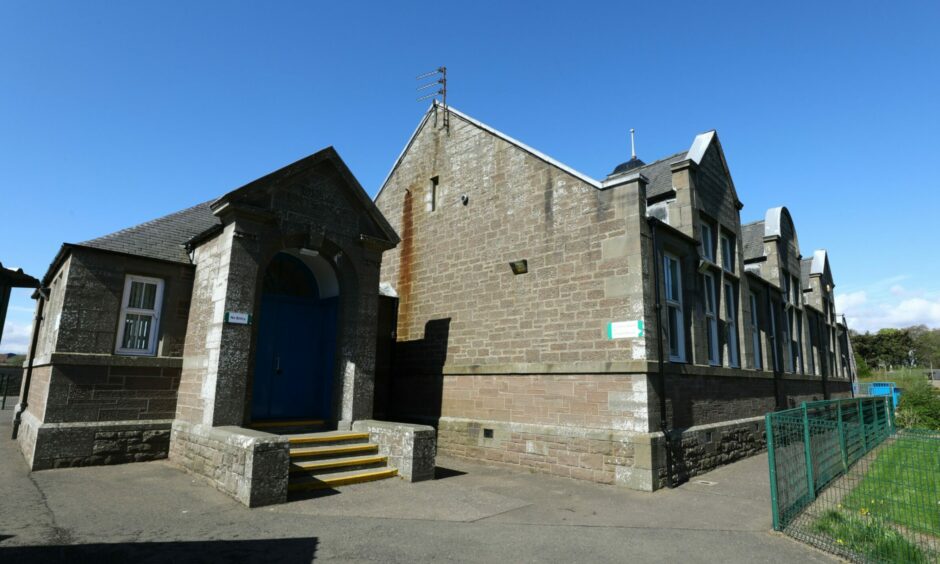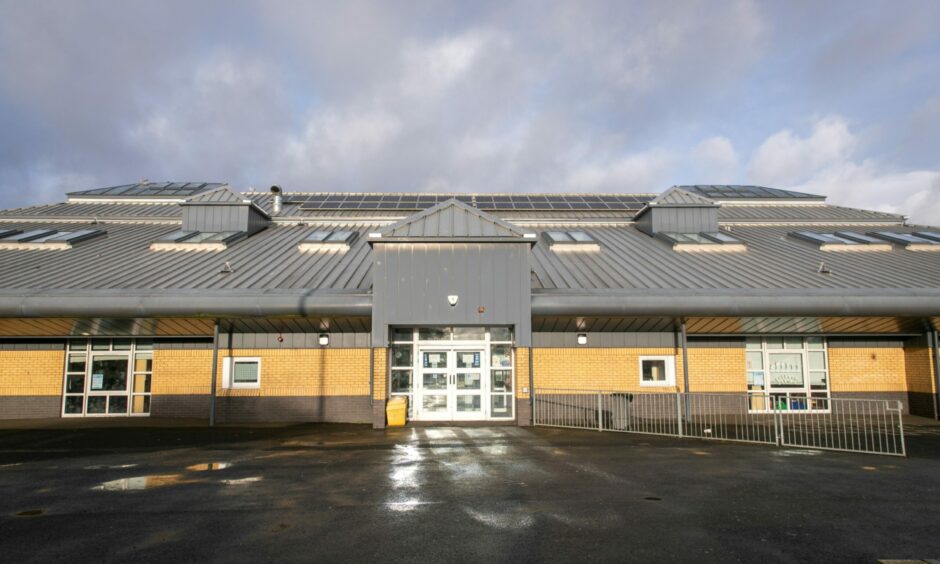Nine primary schools in Angus, Fife and Perthshire have scored full marks in our ranking for pupils’ performance in literacy and numeracy.
Out of almost 250 schools only these schools gained a full house of 40 points for the proportion of children meeting expected curriculum levels:
The highest scoring school in Dundee was Broughty Ferry’s Forthill Primary School, which amassed 39 points, along with Mattocks, in Angus, and Fife’s Aberdour, Kettle, Kingsbarns and Milesmark primary schools.
At the other end of the spectrum, the lowest scoring schools were:
Find your school’s score in our searchable table
You can find out how your school did by searching for it by name in our table.
How were our scores awarded?
We scored schools based on the percentage of pupils in P1, P4 and P7 meeting expected levels in the Curriculum for Excellence, the curriculum used in Scottish local authority schools.
Pupils are assessed in four areas – listening and talking, reading, numeracy and writing.
And teachers judge whether they have met expected levels.
Teachers do this in various ways, including observing children at work, assessing classwork, talking to them about their learning.
They also use standardised assessments.
Our scores are based on the latest results for the 2021/22 academic year – known as Achievement of Curriculum for Excellence Levels data – collected by the Scottish Government last June and published in December.
The government points out it is likely last year’s achievement levels were affected by the ongoing impact of the pandemic.
We awarded points for each of the four areas – one point for 0 to 10% of pupils meeting expected levels, two points for 10% to 20%, up to 10 points for 90% or more – giving a maximum of 40 points.
For all children nationwide, 78.2% met expected levels for reading, 85.5% for listening and talking.
It was 77.9% for numeracy and 73.1% for writing, giving an average score for Scotland of 33.
No data was published for 45 primary schools in Tayside and Fife by the Scottish Government.
It said the size of the cohort meant individuals’ performance may be identifiable.














Conversation